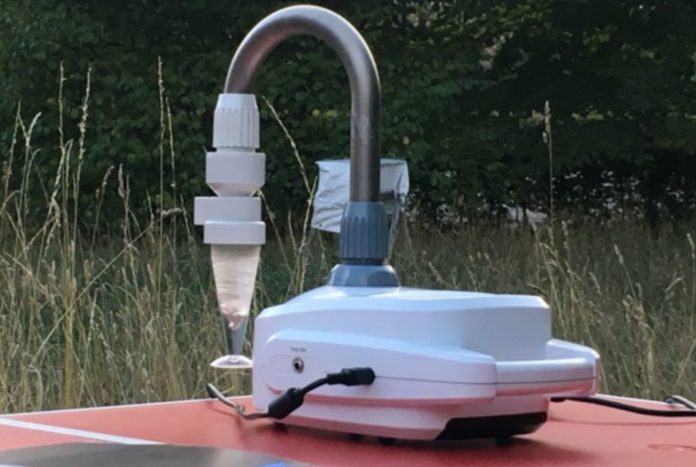Among the insects found were bees, moths, flies, beetles, wasps, and ants. The investigation found evidence of insects as well as birds, animals, and some pet species.
For the first time, scientists at Lund University have shown that insect DNA may be detected in the air. Insect DNA from 85 species was discovered using air from three locations in Sweden. This opens the door to a completely new technique of tracking terrestrial biodiversity.
Many important insect species were discovered, including bees, moths, flies, beetles, wasps, and ants. The investigation found evidence of insects as well as several vertebrate species, including birds, mammals, and domestic animals.
Insect populations are falling at an alarming rate in many locations, yet we know relatively little about the number of species that exist. We are expected to have documented 1 million of the 5.5 million insect species on the planet. As a result, it is critical to create effective methods for monitoring biodiversity.
Dr. Fabian Roger, the study author, said:
“In the face of the biodiversity crisis, we desperately need better information on the status and distribution of species. Our study is a proof of concept that shows that we can detect DNA from insects and vertebrates from air collected under natural conditions. This opens many exciting possibilities for species monitoring and detection, which could allow us to comprehensively monitor biodiversity at large spatial and temporal scales.”
Taking DNA samples from the air has advantages over typical sampling methods. Malaise traps are widely used to sample insects, resulting in the death of the critters. Alternatives, such as transect walks and moth trapping, necessitate taxonomic knowledge and tend to focus on larger insect species.
A DNA metabarcoding technique enables the detection of many species from a single sample. As a result, airborne DNA metabarcoding would expedite sampling and enable scientists to conduct larger-scale biodiversity assessments — all without causing harm to the native species.
When the researchers compared the results of this investigation to traditional surveys, they discovered some overlap in the species identified. There were several species that were missed by traditional methods, but there were also many that were missed by the airborne DNA method. For instance, the researchers discovered 48 moth species in the traps and 9 moth species by eDNA, with a four-fold overlap. Despite the fact that the technology is still in its early stages, the researchers are optimistic that airborne DNA metabarcoding will become a significant tool for biodiversity monitoring.
Environmental DNA, or eDNA, is an exciting new technique that promises to provide a more quick, sensitive, and powerful tool for monitoring biodiversity. Ecological consultants already use it for Great Crested Newt surveys, although much of the study has so far been focused on aquatic habitats.
Next, the scientists will improve their methods so that airborne DNA metabarcoding is more accurate. They also need to know how DNA moves through the air. Fortunately, meteorologists and aerosol scientists have been studying the movement of airborne particles for a long time, which means they have a lot of knowledge that can help speed up this work. The method could also be used to find invasive species or disease vectors before they spread.
“We are at the very beginning of exploring airborne environmental DNA for anything other than bacteria, pollen or spores – and even there we have only scratched the surface. One of the first challenges will be to optimise sampling and molecular methods to increase sensitivity and achieve more reliable detection. Then we will need to understand how airborne eDNA is generated, transported and degraded,” Dr. Fabian Roger said.
“Just because it doesn’t work perfectly out-of-the box doesn’t mean it won’t work ever and the potential is huge.”
This work has not yet been peer-reviewed and remains unpublished.
Source: 10.1101/2021.07.15.452392
Image Credit: Fabian Roger
You were reading: Early study shows a new way to detect DNA from insects and vertebrates using air
